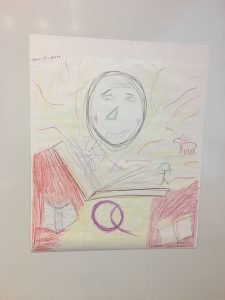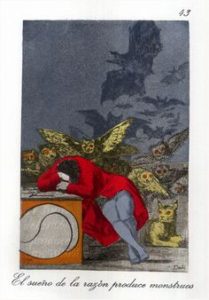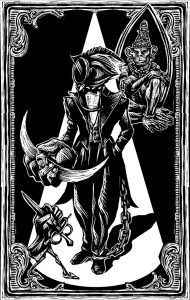Before Monday’s class, I had never particularly given much time into thinking of the role and significance that a book cover holds. I came away from class concluding that the cover is essentially the introduction to the book. Before even reading a word, the reader’s mind has made some conclusion as to what the book’s content will entail. However, our examination of the very different book covers pertaining to Don Quixote left me feeling rather confused at the role a book cover should have. Whether it be the Spanish looking windmill cover or the westernized, metallic black cover, these illustrations were extremely different. While they differed, the content of the novel obviously stayed the same. The point I am getting at is before reading a single word Cervantes has written, an artists portrayal of his book has shaped the readers mind to form an opinion of Don Quixote in a manner that the author may not approve.
While the entire class agreed that the boring Penguin version was our least favorite, I think this cover might provide the most service to the actual text. As we concluded, the reader will pay no attention to the cover and will immediately divulge into the text. I would obviously prefer to have a wonderful and exciting book cover but it is important to think about the fact that an illustrator might not be capturing the essence of the text in a manner the author would have liked.







